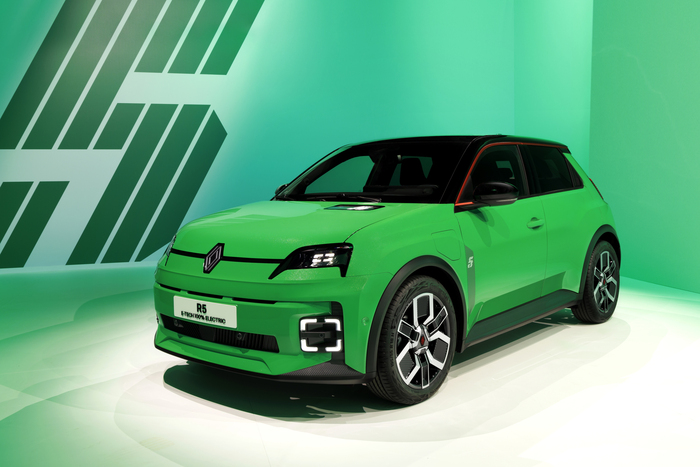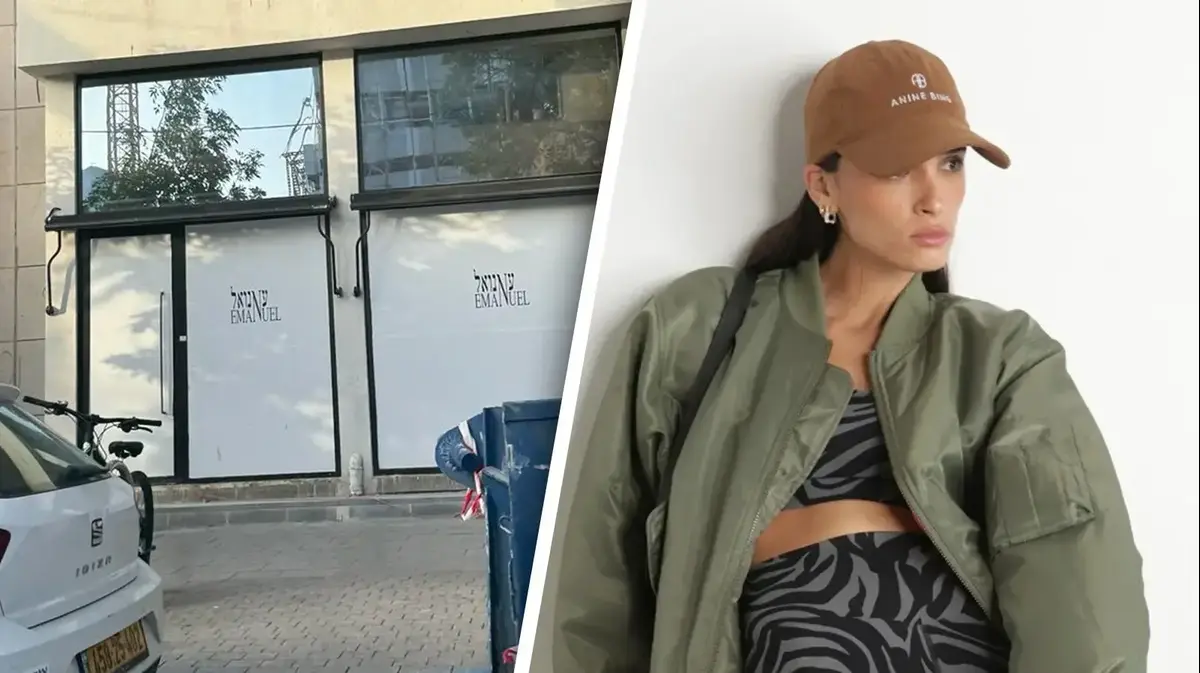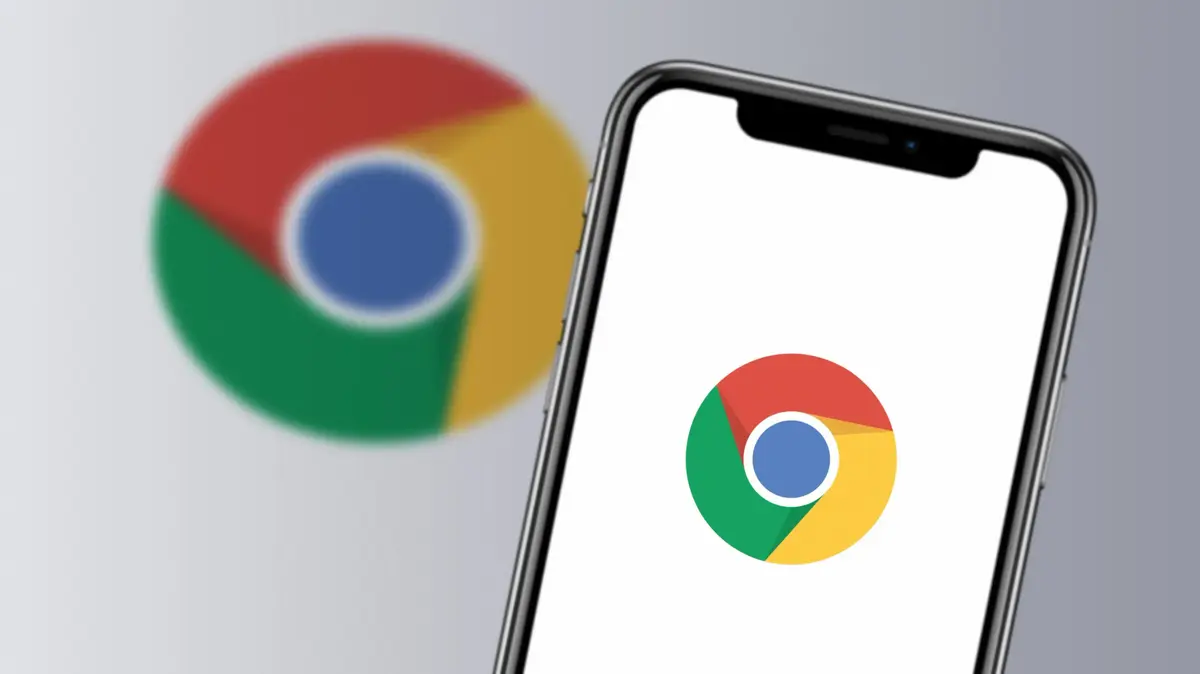Returning to Israel: we joined the ride in a Google Street View car
Jerusalem, Tel Aviv, Ashdod and even Eilat: we got a closer look at the Google Street View mobile that returned to take pictures of streets across the country - and we checked how complicated it is, technologically.
Where else is she expected to visit?
Here is the full list
Yanon ben Shoshan
09/17/2022
Saturday, September 17, 2022, 5:00 p.m
Share on Facebook
Share on WhatsApp
Share on Twitter
Share by email
Share in general
Comments
Comments
In video: Google Street View in Israel (Yenon Ben Shoshan)
After more than 5 years - Google returned to photograph Israel:
last July, the company's Street View mobile returned to photograph the streets of the major cities in Israel in 360 degrees (3D).
Since the service was launched in 2007, it includes more than 220 billion photos from 100 countries and regions around the world.
Street View, launched in Israel in 2012, is a Google Maps tool that virtually presents our surroundings through millions of panoramic images, so that you can navigate around the city naturally and visually through panoramic images, taken at 360 degrees at street level, as if you were really there .
In 2013, a significant update was added with hundreds of cities and towns across the country, from Eilat to Safed.
Since then, the Street View car visited Israel several more times between 2015 and 2018 and updated more central areas throughout the country.
Google states that the photography work will last several months, after which the updated photos will be added to the service.
March 2015: The TLV (Gindi) mall in Tel Aviv did not yet exist either (photo: screenshot)
Tel Aviv Promenade, October 2011 (photo: screenshot)
Dizengoff Square, March 2015. Notice the difference? (Photo: screenshot)
The cities the car is expected to visit in the coming months:
Eilat, Ashdod, Ashkelon, Beer Sheva, Dimona, Hadera, Haifa, Jerusalem, Karmiel, Ketura, Nahariya, Netanya, Nof HaGalil, Afula, Arad, Faran, Rishon Lezion, Safed, Tel Aviv- Jaffa and Tiberias.
In addition, it is possible that nearby cities and roads leading to them will also be photographed.
"Our world is constantly changing, businesses are changing, bridges are being built, and it is important for us to keep Google Maps as updated and useful as possible for the benefit of everyone," says Eliran Levy, spokesperson for Google Israel.
"That's why, every few years we update the Street View images. Starting at the end of July and for a few months to come, our Street View car will travel the length and breadth of Israel."
"The camera of the Street View cars takes very high-quality 360-degree panoramic images and with the help of special laser beams also produces a 3D model of our streets. After that, our teams 'stitch' the images so that a natural and accurate continuity is created when walking in quotation marks through the streets with Street View. In order to protect people's privacy, we developed technology that knows how to recognize and blur faces and license plates," Levy adds.
Tel Aviv's skyline, October 2015 (photo: screenshot)
Azrieli Sharona Tower in 2015: extremely preliminary construction processes (photo: screenshot)
The Yitzhak Navon train station under construction: the central station in Jerusalem, July 2015 (photo: screenshot)
Malcha Mall and Stadium area in Jerusalem, October 2011: no interchanges, no tunnels and no new roads (photo: screenshot)
How It Works?
The camera, which Google has been using since 2014 until today, includes 7 cameras that take photos in 360 degrees (3D photography), each camera with a 20 megapixel sensor, so that the resulting images can reach a quality of 140 megapixels (the first camera we used took with a quality of 5 megapixels).
The camera sends 32 lidar beams (distance measurement technology by illuminating the target with a laser beam, and measuring the time it takes for the light beam to return to the receiver).
Next to the central camera, there are two cameras that shoot in HD quality.
Each camera with a 20 megapixel sensor: the new Google Street View car (photo: Walla! Technology, Yanon Ben Shoshan)
This camera was preceded by five different cameras, one of which weighed 250 kilos (like an adult tiger).
Every camera that came after that was smaller and more sophisticated than the previous one and of course provided the user with improved quality visuals.
At the last I/O event, Google announced that starting next year it will start using an even more sophisticated camera, which will weigh only 7 kilos and will be able to be connected to any car with a roof and operated from a mobile phone without the need for complex systems.
In fact, the images shown in Street View are not transmitted to the map in real time and before they are uploaded to the service they go through a blurring process to hide the faces of the people and the license plates of the vehicles visible in them.
"In order to protect people's privacy, we have developed technology that knows how to recognize and blur faces and license plates. If you encounter a problem, you can report it and our teams will take care of it. In addition, we only take pictures on public streets and if it is privately owned places, only with prior approval," emphasizes Eliran Levy, spokesperson for Google Israel.
The new camera was preceded by five different cameras, one of which weighed 250 kilos.
The Google Street View car in 2010 (Photo: GettyImages)
"We have advanced a lot in terms of technology since 2007. Our first camera weighed 250 kilos and took pictures with a quality of 5 megapixels. Today, the camera we use here weighs a fraction of that and takes pictures with a quality of 120 megapixels. It helps us all see the world better and makes our job easier," they say. on Google.
Also, in order to take pictures, four important conditions are required:
The position of the sun: the sun should be high enough so that a shadow does not hide buildings.
Weather: Snow, fog or rain can delay travel or get blurry photos
Impact: Google prioritizes areas that change frequently and that many people visit
Safety: the company attaches great importance to safety and emphasizes that they operate in accordance with all the requirements of the law in Israel
technology
news
Tags
Google
STREET VIEW








